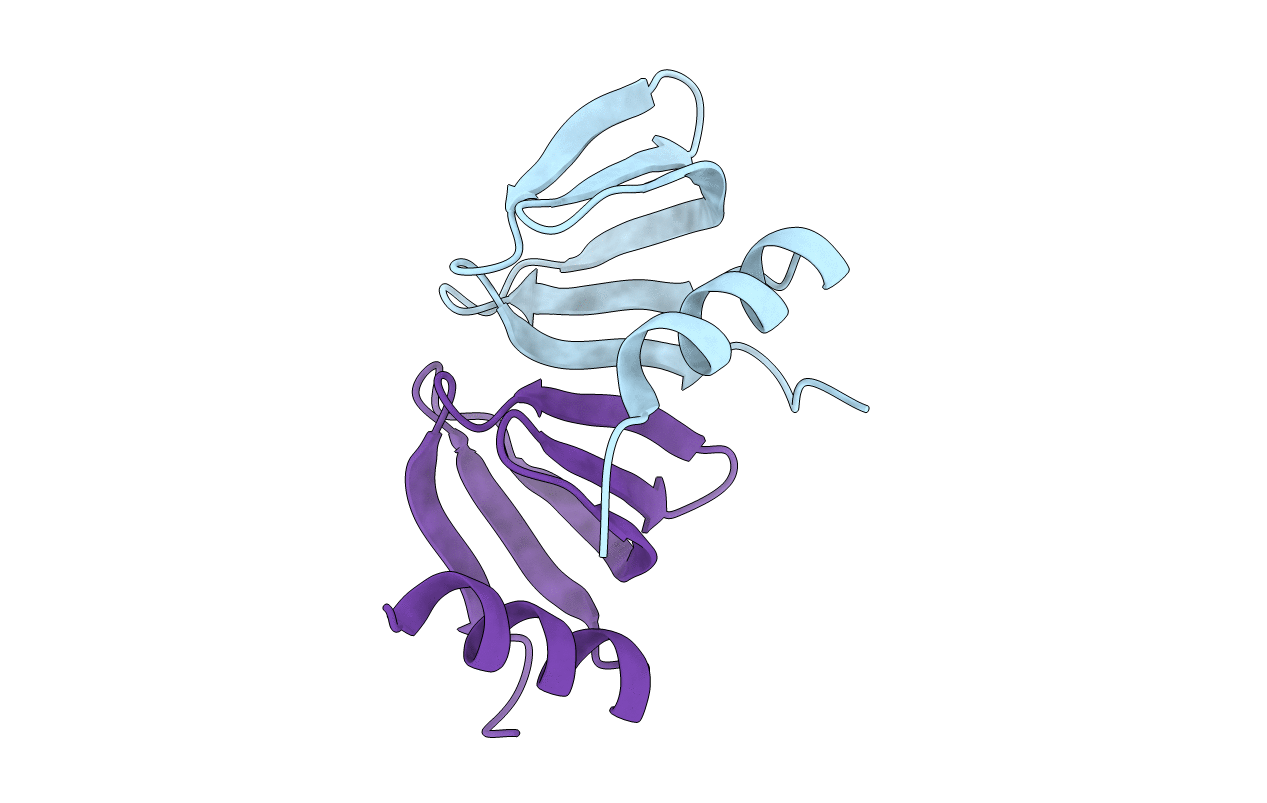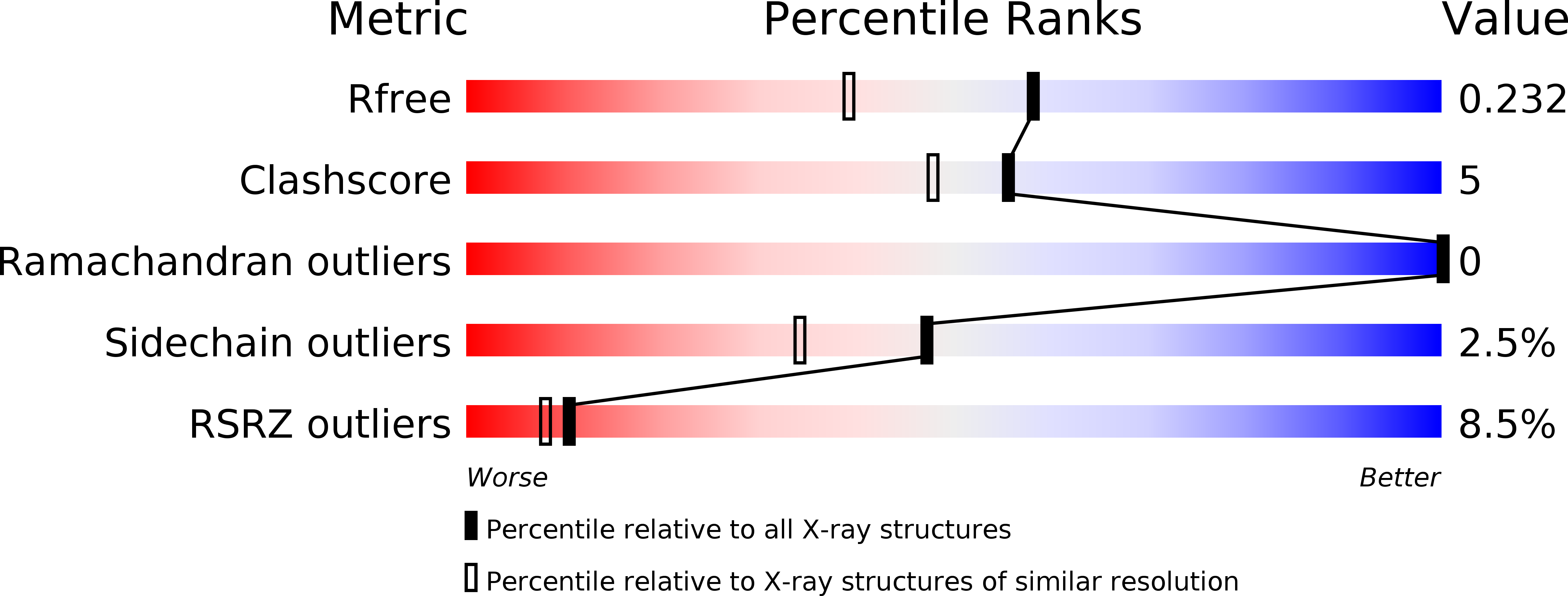
Deposition Date
2013-03-12
Release Date
2013-12-11
Last Version Date
2024-02-28
Entry Detail
PDB ID:
4JLI
Keywords:
Title:
Crystal Structure of Escherichia coli Hfq Proximal Pore Mutant
Biological Source:
Source Organism:
Escherichia coli (Taxon ID: 562)
Method Details:
Experimental Method:
Resolution:
1.79 Å
R-Value Free:
0.22
R-Value Work:
0.17
R-Value Observed:
0.18
Space Group:
H 3


